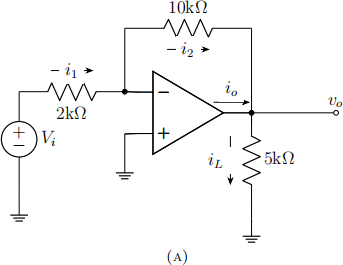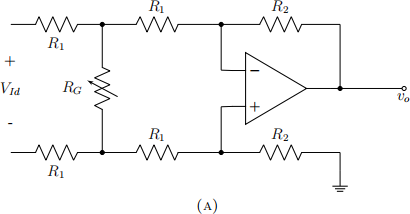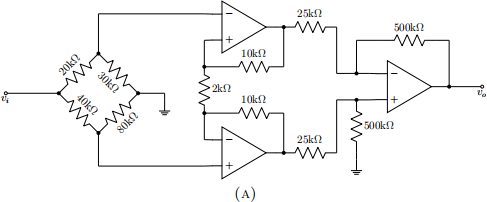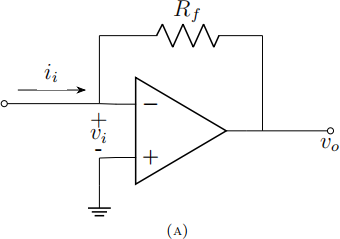关键词 > VE311
VE311 Electronic Circuit Homework 2
发布时间:2024-06-01
Hello, dear friend, you can consult us at any time if you have any questions, add WeChat: daixieit
VE311 Electronic Circuit Homework 2
Due: Jun 4th 11:59a.m.
Note:
1) Please use A4 size paper or page.
2) Please clearly state your final result for each question.
In the electronics valley, two fierce competitors, Blue Tiger and Red Tiger are racing for a coveted government bidding. Both companies designed the circuit using Op-Amp. Blue Tiger Electronics, known for its strategic precision, has crafted an inverting Op-Amp circuit with high common mode rejection, giving precise amplification.
Question 1. Inverting Op Amp
Assume the amplifier is ideal. Determine the values of i1, i2, vi, vo, and iL when io = 1mA. Also determine the voltage gain vo /vi, current gain iL /i1, and power gain Po /Pi for the circuit, giving the result in decibels.

Not to be outdone, the Red Tiger presents its pride - the non-inverting Op-Amp. A circuit with high input impedance, strengthens signals with tiny influence to their signal input circuit. The Red Tiger’s engineers delve into the heart of their ideal model, uncovering the gains that bolster their claim to the throne.
Question 2. Non-Inverting Op Amp
Assume the amplifier is ideal. Determine the values of i1, i2, vi, vo, and iL when io = 1mA. Also determine the voltage gain vo /vi for the circuit.

As the tides of war shift, the Blue Tiger turns to a more powerful amplifier - the Difference Amplifier - to win the Red Tiger. With the inclusion of RG, the Blue Tiger looks to control the voltage gain, deftly adjusting their circuit to strike with the accuracy and finesse needed to dominate the electronics market.
Question 3. Difference Amplifiers
Assume the amplifier is ideal. The circuit shows a differential amplifier with controllable gain through RG. Derive expressions for differential voltage gain vo /vId for the following case:
(a) RG disconnected.
(b) RG connected.

Across the field, Red Tiger counters with the Instrumentation Amplifier. Red Tiger’s en-gineers aim to extract the essence of voltage gain from their ideal circuit, with high common-mode rejection ratio, high input impedance, low noise, low linear error orchestrating a per-formance that would apply in nearly all situations.
Question 4. Instrumental Amplifier
Assume the amplifier is ideal. The instrumental amplifier is driven by a bridge. Derive voltage gain vo /vi.

In the twilight of their competition, both companies come upon an unavoidable truth - the presence of non-ideality within Op-Amps. Blue Tiger and Red Tiger alike must now shift from their ideals operational amplifier in its true, non-ideal form. It is here, in the acknowledgment of imperfections, that both companies may find the wisdom to enhance their designs for the world beyond.
Question 5. Non-ideal Op Amp Analysis
The circuit provides a current-voltage converter to convert input current ii to output voltage vo. Derive expressions for the transresistance Rm = vo /ii and the input resistance
Ri = vi /ii for the following cases:
(a) Op Amp is ideal.
(b) Op Amp is non-ideal with finite open-loop gain A.
(c) Op Amp is non-ideal with finite open-loop gain A, output impedance Rout, input impedance Ri, assuming the amplifier is a voltage amplifier.


